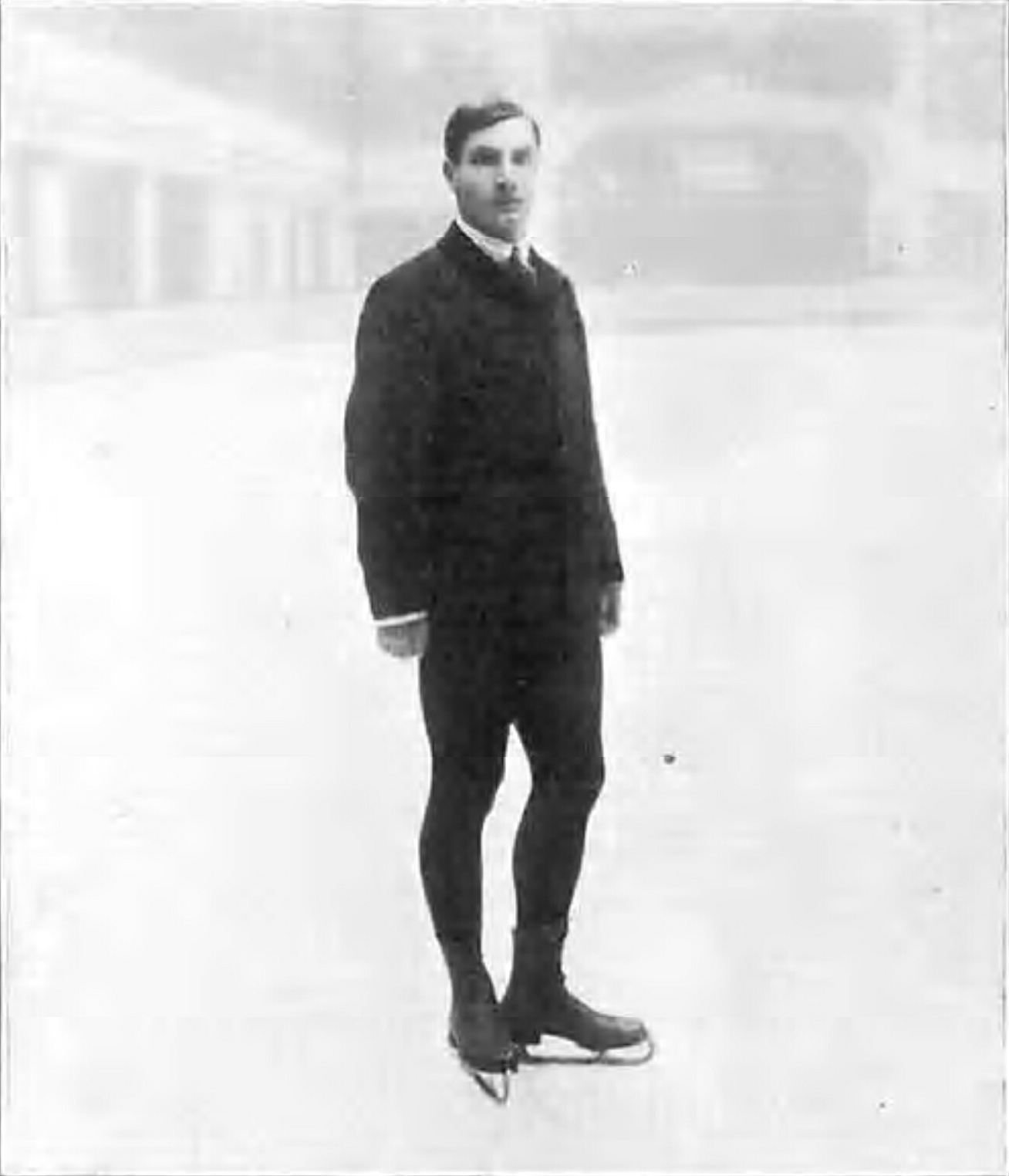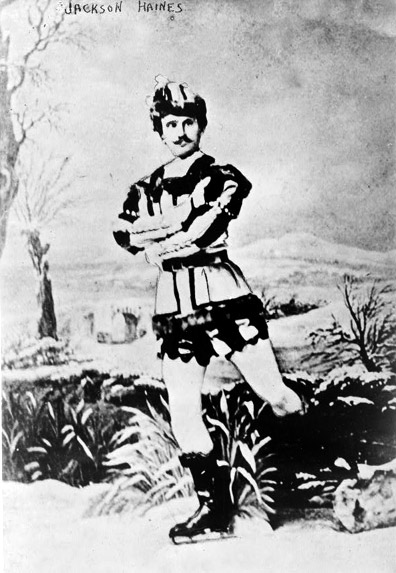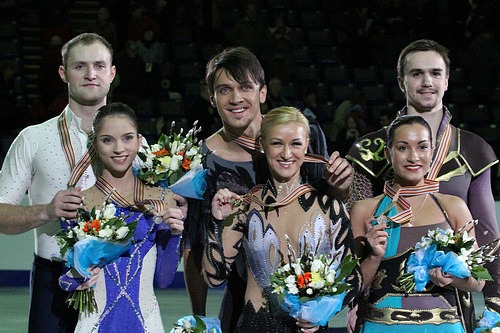|
Povilas Vanagas
Povilas Vanagas (; born 23 July 1970) is a Lithuanian ice dancer. With his wife Margarita Drobiazko, he is the 2000 World bronze medalist, a three-time Grand Prix Final bronze medalist, a two-time European bronze medalist (2000, 2006), the 1999 Skate Canada champion, and competed in five Winter Olympics, finishing as high as 5th. Career Vanagas began skating at age three. His mother, Lilija Vanagiene, was Lithuania's national skating coach. Vanagas won six national titles in men's singles. At age 18, he was drafted into the Soviet Union army and sent to Moscow, Russian SFSR. Given a choice between becoming a soldier or skating full-time, Vanagas chose to become an ice dancer. Tatiana Tarasova paired Vanagas with Russian ice dancer Margarita Drobiazko in Moscow. After the breakup of the Soviet Union, they decided to represent Lithuania. Vanagas said, "It was difficult at the beginning because there was a lot of friction between Russia and Lithuania. Since Rita is Russian, it ... [...More Info...] [...Related Items...] OR: [Wikipedia] [Google] [Baidu] |
҆iauliai
҆iauliai (; bat-smg, ҆iaulńď; german: Schaulen, ) is the fourth largest city in Lithuania, with a population of 107,086. From 1994 to 2010 it was the capital of ҆iauliai County. Names ҆iauliai is referred to by various names in different languages: Samogitian ''҆iaulńď'', Latvian ''Saule'' (historic) and ''҆auńľi'' (modern), German (outdated) ''Schaulen'', Polish ''Szawle'', Russian –®–į–≤–Ľ–ł (Shavli ‚Äď historic) and –®—Ź—É–Ľ—ŹŐĀ–Ļ (Shyaulyai ‚Äď modern), Yiddish ◊©◊ź÷∑◊į◊ú (Shavel). History The city was first mentioned in written sources as ''Soule'' in Livonian Order chronicles describing the Battle of Saule. Thus the city's founding date is now considered to be 22 September 1236, the same date when the battle took place, not far from ҆iauliai. At first, it developed as a defence post against the raids by the Teutonic and Livonian Orders. After the Battle of Grunwald in 1410, the raids stopped and ҆iauliai started to develop as an agricultural settlement. ... [...More Info...] [...Related Items...] OR: [Wikipedia] [Google] [Baidu] |
Figure Skating
Figure skating is a sport in which individuals, pairs, or groups perform on figure skates on ice. It was the first winter sport to be included in the Olympic Games, when contested at the 1908 Olympics in London. The Olympic disciplines are men's singles, women's singles, pair skating, and ice dance; the four individual disciplines are also combined into a team event, first included in the Winter Olympics in 2014. The non-Olympic disciplines include synchronized skating, Theater on Ice, and four skating. From intermediate through senior-level competition, skaters generally perform two programs (the short program and the free skate), which, depending on the discipline, may include spins, jumps, moves in the field, lifts, throw jumps, death spirals, and other elements or moves. Figure skaters compete at various levels from beginner up to the Olympic level (senior) at local, regional, sectional, national, and international competitions. The International Skating Union (IS ... [...More Info...] [...Related Items...] OR: [Wikipedia] [Google] [Baidu] |
Winter Olympics
The Winter Olympic Games (french: link=no, Jeux olympiques d'hiver) is a major international multi-sport event held once every four years for sports practiced on snow and ice. The first Winter Olympic Games, the 1924 Winter Olympics, were held in Chamonix, France. The modern Olympic Games were inspired by the ancient Olympic Games, which were held in Olympia, Greece, from the 8th century BC to the 4th century AD. Baron Pierre de Coubertin founded the International Olympic Committee (IOC) in 1894, leading to the first modern Summer Olympic Games in Athens, Greece in 1896. The IOC is the governing body of the Olympic Movement, with the Olympic Charter defining its structure and authority. The original five Winter Olympic Sports (consisting of nine disciplines) were bobsleigh, curling, ice hockey, Nordic skiing (consisting of the disciplines military patrol, cross-country skiing, Nordic combined, and ski jumping), and skating (consisting of the disciplines figure skating ... [...More Info...] [...Related Items...] OR: [Wikipedia] [Google] [Baidu] |
1999 Skate Canada International
The 1999 Skate Canada International was second event of six in the 1999‚Äď2000 ISU Grand Prix of Figure Skating, a senior-level international invitational competition series. It was held at the Harbour Station in Saint John, New Brunswick on November 4‚Äď7. Medals were awarded in the disciplines of men's singles, ladies' singles, pair skating, and ice dancing Ice dance (sometimes referred to as ice dancing) is a discipline of figure skating that historically draws from ballroom dancing. It joined the World Figure Skating Championships in 1952, and became a Winter Olympic Games medal sport in 1976. Ac .... Skaters earned points toward qualifying for the 1999‚Äď2000 Grand Prix Final. Results Men Ladies Pairs Ice dancing References {{1999‚Äď2000 in figure skating Skate Canada International, 1999 Skate Canada International 1999 in Canadian sports 1999 in New Brunswick ... [...More Info...] [...Related Items...] OR: [Wikipedia] [Google] [Baidu] |
European Figure Skating Championship
The European Figure Skating Championships is an annual figure skating competition in which figure skaters compete for the title of European champion. Medals are awarded in the disciplines of men's singles, women's singles, pair skating, and ice dance. The event is sanctioned by the International Skating Union (ISU) and is the sport's oldest competition. The first European Championships was held in 1891 in Hamburg, Germany and featured one segment, compulsory figures, with seven competitors, all men from Germany and Austria. It has been, other than five periods, held continuously since 1891, and has been sanctioned by the ISU since 1893. Women were allowed to compete for the first time in 1930, which is also the first time pairs skating was added to the competition. Ice dance was added in 1954. Only eligible skaters from ISU member countries in Europe can compete, and skaters must have reached at least the age of 15 before July 1 preceding the competition. ISU member count ... [...More Info...] [...Related Items...] OR: [Wikipedia] [Google] [Baidu] |
Ice Dancing
Ice dance (sometimes referred to as ice dancing) is a discipline of figure skating that historically draws from ballroom dancing. It joined the World Figure Skating Championships in 1952, and became a Winter Olympic Games medal sport in 1976. According to the International Skating Union (ISU), the governing body of figure skating, an ice dance team consists of one woman and one man. Ice dance, like pair skating, has its roots in the "combined skating" developed in the 19th century by skating clubs and organizations and in recreational social skating. Couples and friends would skate waltzes, marches, and other social dances. The first steps in ice dance were similar to those used in ballroom dancing. In the late 1800s, American Jackson Haines, known as "the Father of Figure Skating", brought his style of skating, which included waltz steps and social dances, to Europe. By the end of the 19th century, waltzing competitions on the ice became popular throughout the world. By the ear ... [...More Info...] [...Related Items...] OR: [Wikipedia] [Google] [Baidu] |
1999‚Äď2000 Grand Prix Of Figure Skating Final
The 1999‚Äď2000 Grand Prix of Figure Skating Final was held in Lyon, France, from January 13 to 16, 2000. It was the culmination of the 1999‚Äď2000 Grand Prix Series. Skaters qualified for the event by accumulating points throughout the season. The events of the series were the 1999 Skate America, the 1999 Skate Canada International, the 1999 Sparkassen Cup on Ice, the 1999 Troph√©e Lalique, the 1999 Cup of Russia, and the 1999 NHK Trophy. The top six skaters in the disciplines of men's singles, ladies' singles, pair skating, and ice dancing Ice dance (sometimes referred to as ice dancing) is a discipline of figure skating that historically draws from ballroom dancing. It joined the World Figure Skating Championships in 1952, and became a Winter Olympic Games medal sport in 1976. A ... met at the final to crown the Grand Prix Final Champion. The format of the event differed from other years. Singles and pair skaters competed in the short program and the free skating, and i ... [...More Info...] [...Related Items...] OR: [Wikipedia] [Google] [Baidu] |
2000‚Äď2001 Grand Prix Of Figure Skating Final
The dash is a punctuation mark consisting of a long horizontal line. It is similar in appearance to the hyphen but is longer and sometimes higher from the baseline. The most common versions are the endash , generally longer than the hyphen but shorter than the minus sign; the emdash , longer than either the en dash or the minus sign; and the horizontalbar , whose length varies across typefaces but tends to be between those of the en and em dashes. History In the early 1600s, in Okes-printed plays of William Shakespeare, dashes are attested that indicate a thinking pause, interruption, mid-speech realization, or change of subject. The dashes are variously longer (as in King Lear reprinted 1619) or composed of hyphens (as in Othello printed 1622); moreover, the dashes are often, but not always, prefixed by a comma, colon, or semicolon. In 1733, in Jonathan Swift's ''On Poetry'', the terms ''break'' and ''dash'' are attested for and marks: Blot out, correct, insert ... [...More Info...] [...Related Items...] OR: [Wikipedia] [Google] [Baidu] |
Grand Prix Of Figure Skating Final
The Grand Prix of Figure Skating Final (formerly Champions Series Final), often shortened to ''Grand Prix Final'' and abbreviated as ''GPF'', is a senior-level international figure skating competition. Medals are awarded in men's singles, ladies' singles, pair skating, and ice dancing. The event is the culmination of the ISU Grand Prix of Figure Skating series; skaters earn points for their placements and the top six from each discipline qualify to the Final. Although not an ISU Championship, the Grand Prix Final has been considered by the International Skating Union to be the second most important competition (after the World Championships) in a season,http://www.isuresults.com/ws/ws/wsmen.htm ahead of the European Championships and the Four Continents Championships. History The first three editions of the competition were titled the Champions Series Final. The current name was first used in the 1998‚Äď99 season. The competition omitted the compulsory dance The compulsor ... [...More Info...] [...Related Items...] OR: [Wikipedia] [Google] [Baidu] |
2000 European Figure Skating Championships
The 2000 European Figure Skating Championships was a senior international figure skating competition in the 1999‚Äď2000 season. Medals were awarded in the disciplines of men's singles, ladies' singles, pair skating, and ice dancing. The event was held at the Stadthalle in Vienna, Austria from February 6 to 13, 2000. Qualifying The competition was open to skaters from European ISU member nations who had reached the age of 15 before 1 July 1999. The corresponding competition for non-European skaters was the 2000 Four Continents Championships. National associations selected their entries based on their own criteria. Based on the results of the 1999 European Championships, each country was allowed between one and three entries per discipline. Medals table Competition notes Due to the large number of participants, the men's and ladies' qualifying groups were split into groups A and B. Pairs champions Elena Berezhnaya / Anton Sikharulidze were stripped of their title after Be ... [...More Info...] [...Related Items...] OR: [Wikipedia] [Google] [Baidu] |
European Figure Skating Championships
The European Figure Skating Championships is an annual figure skating competition in which figure skaters compete for the title of European champion. Medals are awarded in the disciplines of men's singles, women's singles, pair skating, and ice dance. The event is sanctioned by the International Skating Union (ISU) and is the sport's oldest competition. The first European Championships was held in 1891 in Hamburg, Germany and featured one segment, compulsory figures, with seven competitors, all men from Germany and Austria. It has been, other than five periods, held continuously since 1891, and has been sanctioned by the ISU since 1893. Women were allowed to compete for the first time in 1930, which is also the first time pairs skating was added to the competition. Ice dance was added in 1954. Only eligible skaters from ISU member countries in Europe can compete, and skaters must have reached at least the age of 15 before July 1 preceding the competition. ISU member count ... [...More Info...] [...Related Items...] OR: [Wikipedia] [Google] [Baidu] |







